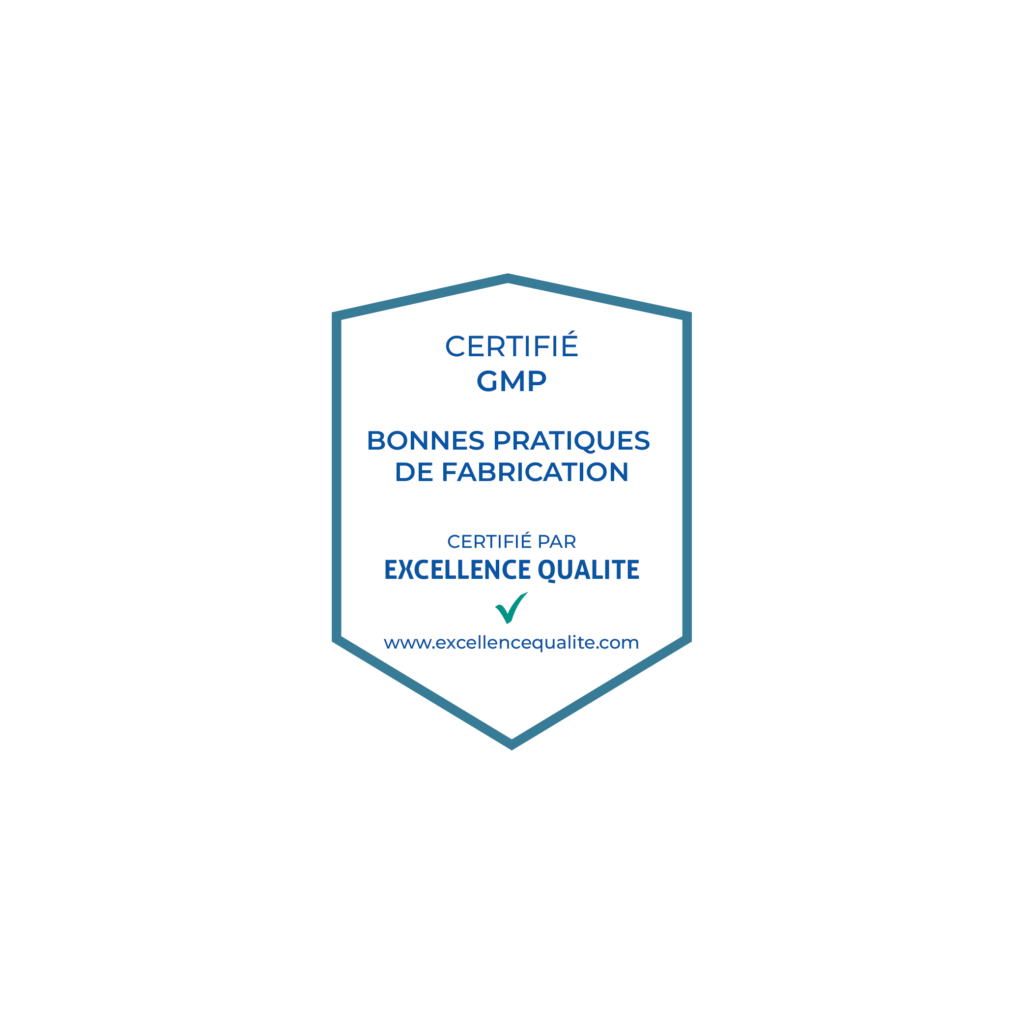
GMP
What are GMP?
Good Manufacturing Practices (GMP) is a system that includes processes, procedures, and documentation to ensure that the manufacturing of products such as food, cosmetics, and pharmaceuticals is carried out consistently and controlled according to established quality standards. By ensuring that your products adhere to GMP, you will achieve high-quality final products that are safe to use or consume, leading to improved customer satisfaction and higher revenues. This protects both the business and the consumer from negative events related to food safety.
What are the 5 main components of Good Manufacturing Practices?
- People: All employees are required to strictly follow manufacturing processes and regulations. All staff must undergo current training on GMP to fully understand their roles and responsibilities. Performance evaluations contribute to enhancing their productivity, efficiency, and competence.
- The products: All products must undergo constant testing, comparison, and quality assurance before being distributed to consumers. Manufacturers must ensure that raw materials, including raw products and other components, have clear specifications at each stage of production. The standard method must be observed for product packaging, testing, and sample allocation.
- The processes: Processes must be properly documented, clear, consistent, and distributed to all employees. Regular assessments should be conducted to ensure that all employees adhere to current processes and meet the organization's required standards.
- The procedures: A procedure is a set of guidelines for conducting a critical process or part of a process to achieve consistent results. It should be presented to all employees and consistently followed. Any deviation from the standard procedure should be reported immediately and investigated.
- The premises: Premises must promote cleanliness at all times to prevent cross-contamination, accidents, or even fatalities. All equipment should be placed or stored properly and calibrated regularly to ensure it is suitable for producing consistent results and avoid the risk of equipment failure.
Guidelines and Basic Concepts
The guidelines of Good Manufacturing Practices (GMP) are a set of principles that help manufacturers implement an efficient manufacturing process and ensure that quality is integrated into the organization and processes involved. GMP guidelines are typically flexible, with each country having its own legislation to comply with local GMP guidelines and principles. But almost all regulations are derived from the following basic concepts and guidelines:
- Quality Management
The principle of quality management is to ensure that manufactured products are suitable for their intended use, compliant with requirements, and do not pose a danger to consumers due to inadequate safety, quality, or efficacy measures. To achieve this quality objective, quality assurance, good manufacturing practices, quality control, and quality risk management must be implemented comprehensively and correctly.
- Product Guarantee
The quality assurance system aims to ensure that manufactured products are designed and developed to meet the requirements of Good Manufacturing Practices (GMPs). Good Manufacturing Practices, for products, are related to production and quality control. They aim to mitigate the risks inherent in the production process.
- Quality Supervision
Quality control is part of Good Manufacturing Practices and focuses on sampling, specifications, and testing. It verifies the organization, documentation, and release procedures to ensure that products undergo the required testing before being released for sale or supply.
- Quality Risk Management
Quality risk management is a systematic process of assessing the risks that can affect product quality.
Address
• 128, City Road, London, EC1V 2NX, UK
• Rue du 7 Décembre, Abidjan, Ivory Coast
• Ramlet el bayda, Moussa nammour Street, LB
• Avenue André Peytavin - Dakar Plateau - Senegal
Contact Us
+225 07 97 909 990
+221 77 640 11 12
E-Mail Us
info@excellencequalite.com
